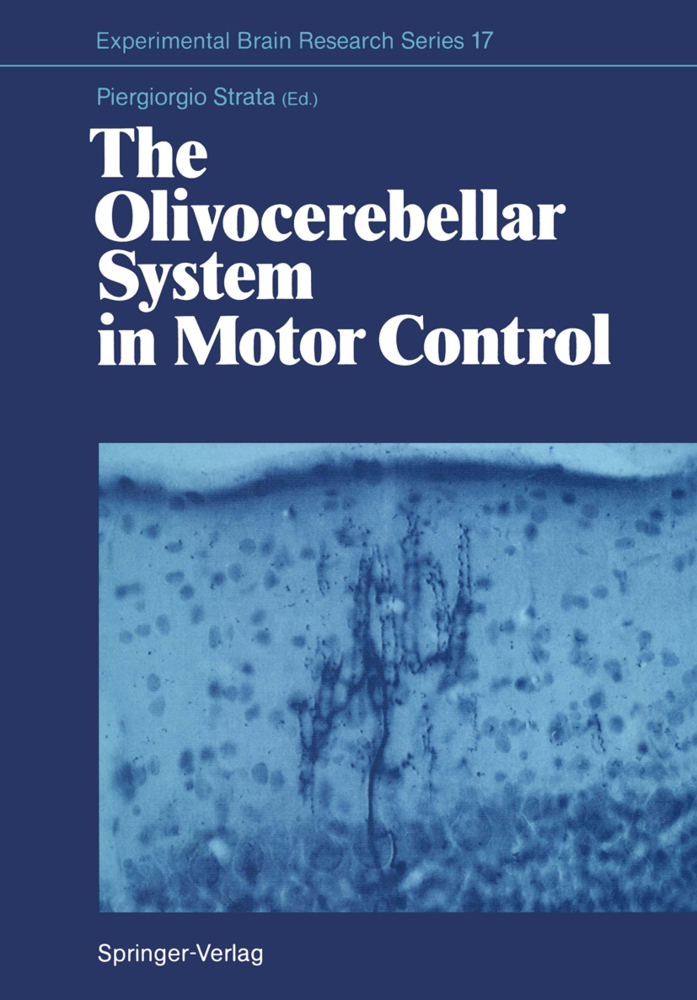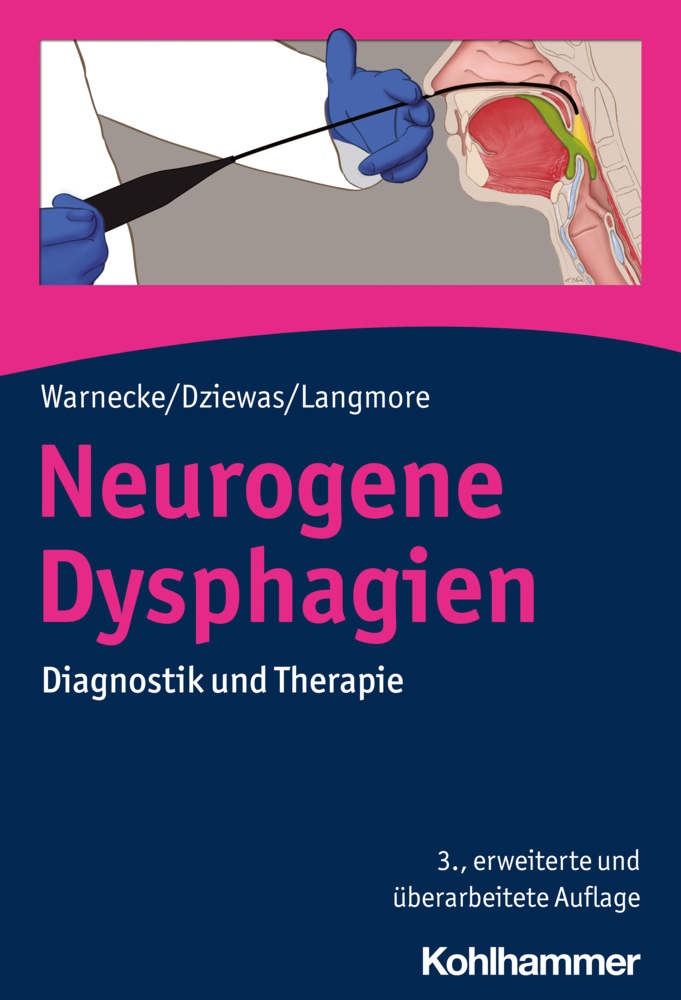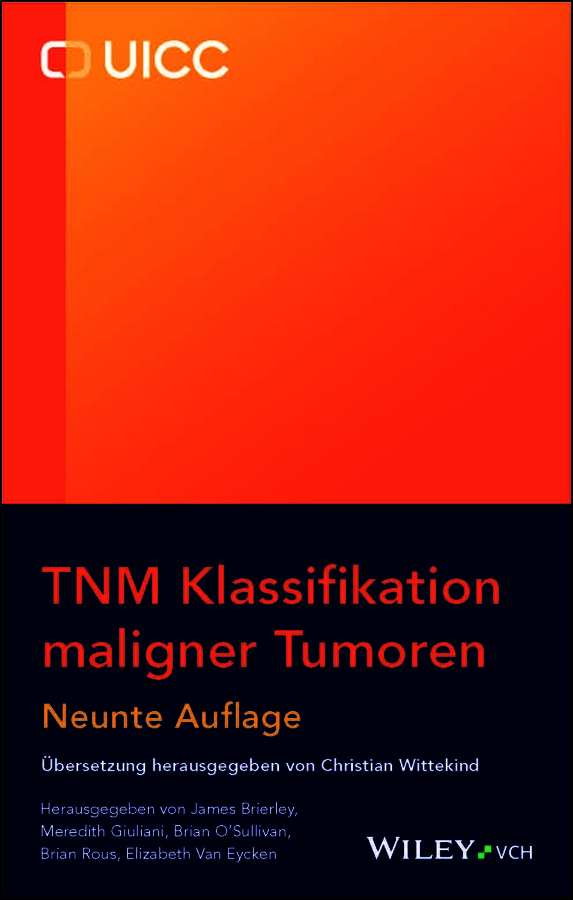The Olivocerebellar System in Motor Control
The Olivocerebellar System in Motor Control
Recently, the role of the olivocerebellar projection in cerebellar operation has drawn the attention of many scientists who are trying to understand how the cerebellum controls movements. The papers published in this book were presented at a meeting held in Turin on August 9-12, 1987 as a satellite symposium of the 2nd World IBRO Congress in Budapest. It was planned in collaboration with Rodolfo Llinas and Masao Ito, although the latter was not able to attend. Some of the papers are in the form of reviews, others are short communications of new unpublished results. All aspects of research on the inferior olive are covered including morphology, neurotransmission, development, and electrophysiology, as well as its relation to behaviour and to human pathology. The lively, endless scientific discussions have not been published, but the reader may well imagine them from the different and sometimes contrasting pOints of views expressed in the papers. There are many examples showing that integrity of the inferior olive is necessary for some forms of motor learning and for the adaptive capabilities ofthe motor system. On the other hand, there is evidence that the inferior olive is important in controlling the dynamic characteristics of movement, both as a phasic and as a tonic operator. From this, two main viewpoints have emerged. The "plasticitists" attribute the role of inducing plastic changes to the synapse between the climbing fibre and the Purkinje cell.
The Olivocerebellar Input to the Medial and Lateral Halves of the cl and c3 Zones of the Cat Anterior Lobe
The Topographical Organization of Climbing and Mossy Fiber Afferents in the Flocculus and the Ventral Paraflocculus in Rabbit, Cat and Monkey
Collateralized Climbing Fiber Projection to the Flocculus and the Nodulus of the Rabbit
Principles of Organization within the Olivocerebellar System in the Rat
Topographical Aspects of the Olivocerebellar System in the Pigeon
The Connections Between the Inferior Olive and the Cerebellar and Subcerebellar Nuclei
Direct Bidirectional Connections Between the Inferior Olive and the Cerebellar Nuclei
Climbing Fibre "Collateral" Innervation of the Central Cerebellar Nuclei Studied with Anterograde Phaseolus Vulgaris-Leucoagglutinin (PHA-L) Labelling
Origins of GABAergic Inputs to the Inferior Olive
The GABAergic Neurones of the Cerebellar Nuclei: Projection to the Caudal Inferior Olive and to the Bulbar Reticular Formation
The Cerebellar, Mesodiencephalic and GABAergic Innervation of the Glomeruli in the Cat Inferior Olive. A Comparison at the Ultrastructural Level
The Inferior Olive Innervation from the Cerebellar and Lateral Vestibular Nuclei: Evidence for a Longitudinal Zonal Segregation of the Cortico-Nucleo-Olivary Connection in the Rat
Developmental Aspects
Development of the Rat Inferior Olive: Migratory Routes, Formation of Afferent and Efferent Connections
Development of Olivocerebellar Somatotopic Maps
Maturation of the Lift Reaction: Role of the Olivocerebellar System
Neurotransmitters of the Inferior Olive Cells
The Puzzle ofthe Transmitters in the Climbing Fibers
Enkephalin Immunoreactivity in the Inferior Olivary Complex of the Opossum
Corticotropin-Releasing Factor (CRF) in the Olivo-Cerebellar System and the Feline Olivary Hypertrophy
Electrophysiological Properties of the Inferior Olive and of the Cerebellar Circuits
Electrophysiological Properties of the Olivocerebellar System
Oscillatory Behavior of Olivary Neurons
Depression and Potentiation of Parallel Fiber-Purkinje Cell Transmission in In Vitro Cerebellar Slices
Electrophysiological Effect of Partial Deafferentation in the Rat Cerebellar Purkinje Cell
Inferior Olive and Sensorimotor Integration
Ensembles of Climbing Fiber Tactile Receptive Fields Encode Distinct Information for Various Cerebellar Regions
Interaction Between Complex and Simple Spikes of Cerebellar Purkinje Cells During Passive Pawmovements in the Decerebrate Cat
The Heterosynaptic Action of Climbing Fibers in the Cerebellar Cortex
Voluntary Movements and Complex-Spike Discharges of Cerebellar Purkinje Cells
Role of Inferior Olive in the Control of Eye Movements
Spontaneous Saccades in the Pigmented Rat Following Inferior Olive Lesion
Synergistic Action of Complex and Simple Spikes in the Monkey Flocculus in the Control of Smooth-Pursuit Eye Movement
Vestibularly-Evoked Activity of Single Neurons in the Beta Nucleus of the Inferior Olive
Three-Dimensional Representation of Retinal Image Movement by Climbing Fiber Activity
A Synthesis of Input-Output Relationships of the Rabbit Flocculus
Inferior Olive and Learning at Behavioural Level
Role of the Inferior Olive in Classical Conditioning
The Inferior Olive and Classical Conditioning
Modulation of Conditioned and Unconditioned Reflexes
Role of the Cerebellar Vermis in the Long-Term Habituation of the Acoustic Startle Response in the Rat
Modelling in the Olivocerebellar System
Cerebellar Implementation of a Computational Model of Classical Conditioning
Tensor Network Model of the Cerebellum and Olivary System Quantitatively Elaborated for the Optokinetic Reflex
Clinical Aspects
Palatal Myoclonus and Function of the Inferior Olive: Are They Related?.
Organization of the Inferior Olive Projections to the Cerebellar Cortex
Parasagittal Zones and Compartments of the Anterior Vermis of the Cat CerebellumThe Olivocerebellar Input to the Medial and Lateral Halves of the cl and c3 Zones of the Cat Anterior Lobe
The Topographical Organization of Climbing and Mossy Fiber Afferents in the Flocculus and the Ventral Paraflocculus in Rabbit, Cat and Monkey
Collateralized Climbing Fiber Projection to the Flocculus and the Nodulus of the Rabbit
Principles of Organization within the Olivocerebellar System in the Rat
Topographical Aspects of the Olivocerebellar System in the Pigeon
The Connections Between the Inferior Olive and the Cerebellar and Subcerebellar Nuclei
Direct Bidirectional Connections Between the Inferior Olive and the Cerebellar Nuclei
Climbing Fibre "Collateral" Innervation of the Central Cerebellar Nuclei Studied with Anterograde Phaseolus Vulgaris-Leucoagglutinin (PHA-L) Labelling
Origins of GABAergic Inputs to the Inferior Olive
The GABAergic Neurones of the Cerebellar Nuclei: Projection to the Caudal Inferior Olive and to the Bulbar Reticular Formation
The Cerebellar, Mesodiencephalic and GABAergic Innervation of the Glomeruli in the Cat Inferior Olive. A Comparison at the Ultrastructural Level
The Inferior Olive Innervation from the Cerebellar and Lateral Vestibular Nuclei: Evidence for a Longitudinal Zonal Segregation of the Cortico-Nucleo-Olivary Connection in the Rat
Developmental Aspects
Development of the Rat Inferior Olive: Migratory Routes, Formation of Afferent and Efferent Connections
Development of Olivocerebellar Somatotopic Maps
Maturation of the Lift Reaction: Role of the Olivocerebellar System
Neurotransmitters of the Inferior Olive Cells
The Puzzle ofthe Transmitters in the Climbing Fibers
Enkephalin Immunoreactivity in the Inferior Olivary Complex of the Opossum
Corticotropin-Releasing Factor (CRF) in the Olivo-Cerebellar System and the Feline Olivary Hypertrophy
Electrophysiological Properties of the Inferior Olive and of the Cerebellar Circuits
Electrophysiological Properties of the Olivocerebellar System
Oscillatory Behavior of Olivary Neurons
Depression and Potentiation of Parallel Fiber-Purkinje Cell Transmission in In Vitro Cerebellar Slices
Electrophysiological Effect of Partial Deafferentation in the Rat Cerebellar Purkinje Cell
Inferior Olive and Sensorimotor Integration
Ensembles of Climbing Fiber Tactile Receptive Fields Encode Distinct Information for Various Cerebellar Regions
Interaction Between Complex and Simple Spikes of Cerebellar Purkinje Cells During Passive Pawmovements in the Decerebrate Cat
The Heterosynaptic Action of Climbing Fibers in the Cerebellar Cortex
Voluntary Movements and Complex-Spike Discharges of Cerebellar Purkinje Cells
Role of Inferior Olive in the Control of Eye Movements
Spontaneous Saccades in the Pigmented Rat Following Inferior Olive Lesion
Synergistic Action of Complex and Simple Spikes in the Monkey Flocculus in the Control of Smooth-Pursuit Eye Movement
Vestibularly-Evoked Activity of Single Neurons in the Beta Nucleus of the Inferior Olive
Three-Dimensional Representation of Retinal Image Movement by Climbing Fiber Activity
A Synthesis of Input-Output Relationships of the Rabbit Flocculus
Inferior Olive and Learning at Behavioural Level
Role of the Inferior Olive in Classical Conditioning
The Inferior Olive and Classical Conditioning
Modulation of Conditioned and Unconditioned Reflexes
Role of the Cerebellar Vermis in the Long-Term Habituation of the Acoustic Startle Response in the Rat
Modelling in the Olivocerebellar System
Cerebellar Implementation of a Computational Model of Classical Conditioning
Tensor Network Model of the Cerebellum and Olivary System Quantitatively Elaborated for the Optokinetic Reflex
Clinical Aspects
Palatal Myoclonus and Function of the Inferior Olive: Are They Related?.
Strata, Piergiorgio
Arends, J. J. A.
| ISBN | 978-3-642-73922-4 |
|---|---|
| Medientyp | Buch |
| Copyrightjahr | 2012 |
| Verlag | Springer, Berlin |
| Umfang | XIV, 466 Seiten |
| Sprache | Englisch |










